I glided across Lake Kerkini in a small wooden boat, surrounded by gentle sounds—water lapping, birds singing, oars dipping.
This peaceful boat trip let me spot some of the 300 bird species that call Kerkini home, including rare Dalmatian pelicans and white-tailed eagles.
Watching flocks take flight overhead felt almost magical.
From the boat, I got close to wild water buffalo grazing at the edge and took in the lush landscape.
Lake Kerkini stands out as one of Greece’s top wildlife spots.
The air felt crisp and quiet, except for lively chirping and the soft splash of my oars.
A guided boat ride isn’t just about birdwatching—it’s a way to really get close to nature, far from busy tourist crowds.
There’s something special about seeing animals in their own space, especially with a guide pointing out wildlife and sharing stories I would have missed.
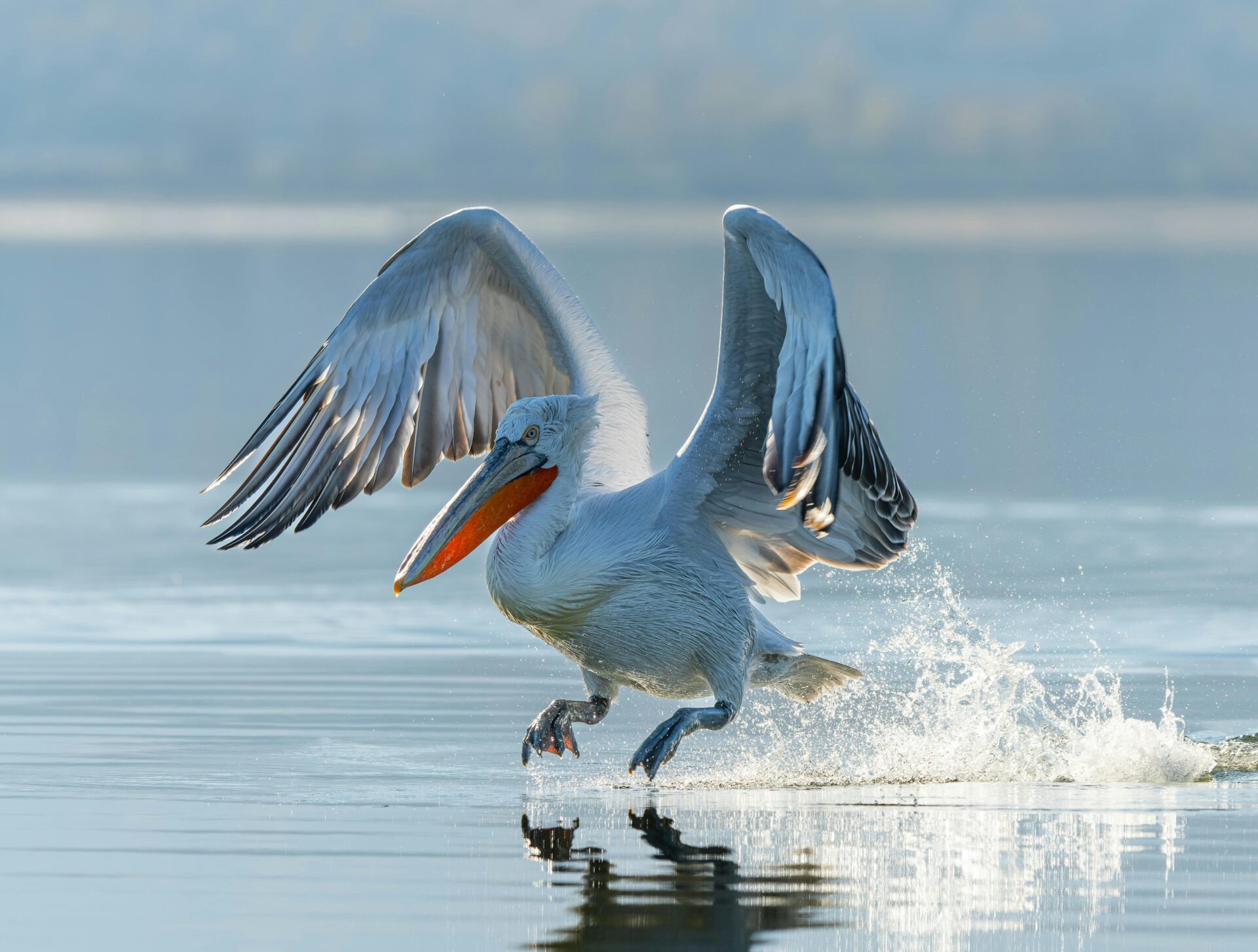
Setting the Scene: The Natural Beauty of Lake Kerkini
Peaceful waters stretched out in front of me.
Layers of green and gold wrapped around the lake, dotted with distant flashes of white and grey—birds flying or resting.
Lake Kerkini isn’t just pretty; it’s a living story shaped by people, animals, and time.
Every inch feels alive with history and wild beauty.
It’s hard not to feel like you’re part of something bigger here.
A Brief History of Lake Kerkini
Lake Kerkini might look natural, but people actually created it in the 1930s.
They built a dam on the Strymonas River to manage floods and help local farmers.
Over time, the lake became much more—a safe haven for wildlife and an important part of Greek life.
Walking along its shores, I could almost hear echoes of the ancient world.
This area has seen centuries of change, from old river settlements to modern environmental shifts.
Lake Kerkini is young compared to lakes in Greek myths, but its link to people and nature feels timeless.
Today, it’s a top spot for nature lovers and a real reminder of how humans can shape the land in lasting ways.
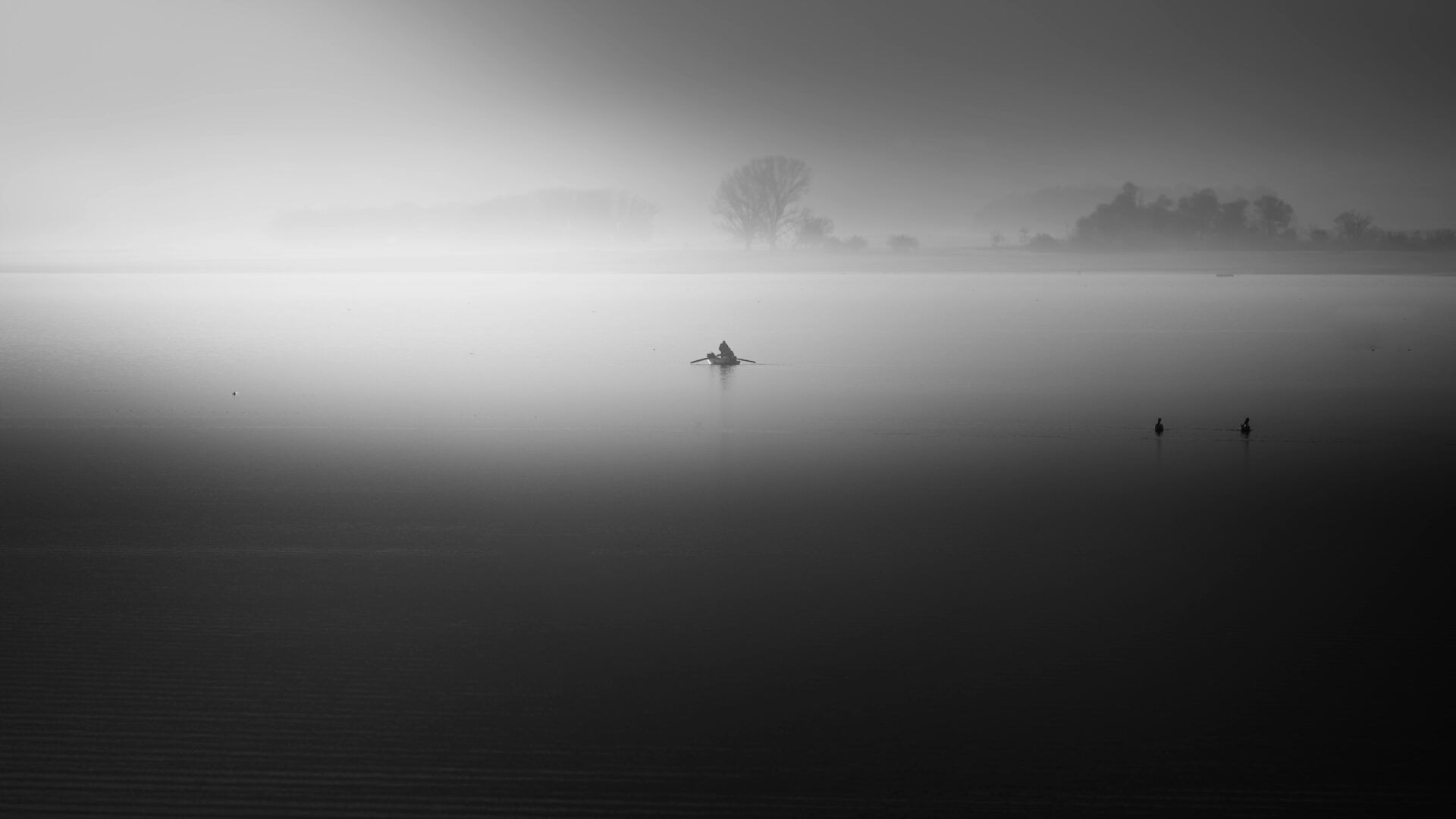
Why This Wetland Matters
Kerkini isn’t just beautiful—it’s essential.
It stands as one of Europe’s most important wetlands, supporting hundreds of bird species, both local and migratory.
The lake sits right on migration routes between Africa and Europe.
I watched pelicans and herons just meters from my boat, their reflections shimmering on the water.
Wetlands like Kerkini help prevent floods, clean water, and support local communities.
Farmers rely on its waters, and tourists like me come for the wildlife and scenery.
It’s a Ramsar site, protected for its international value.
Without places like this, so many rare birds and plants would simply vanish.
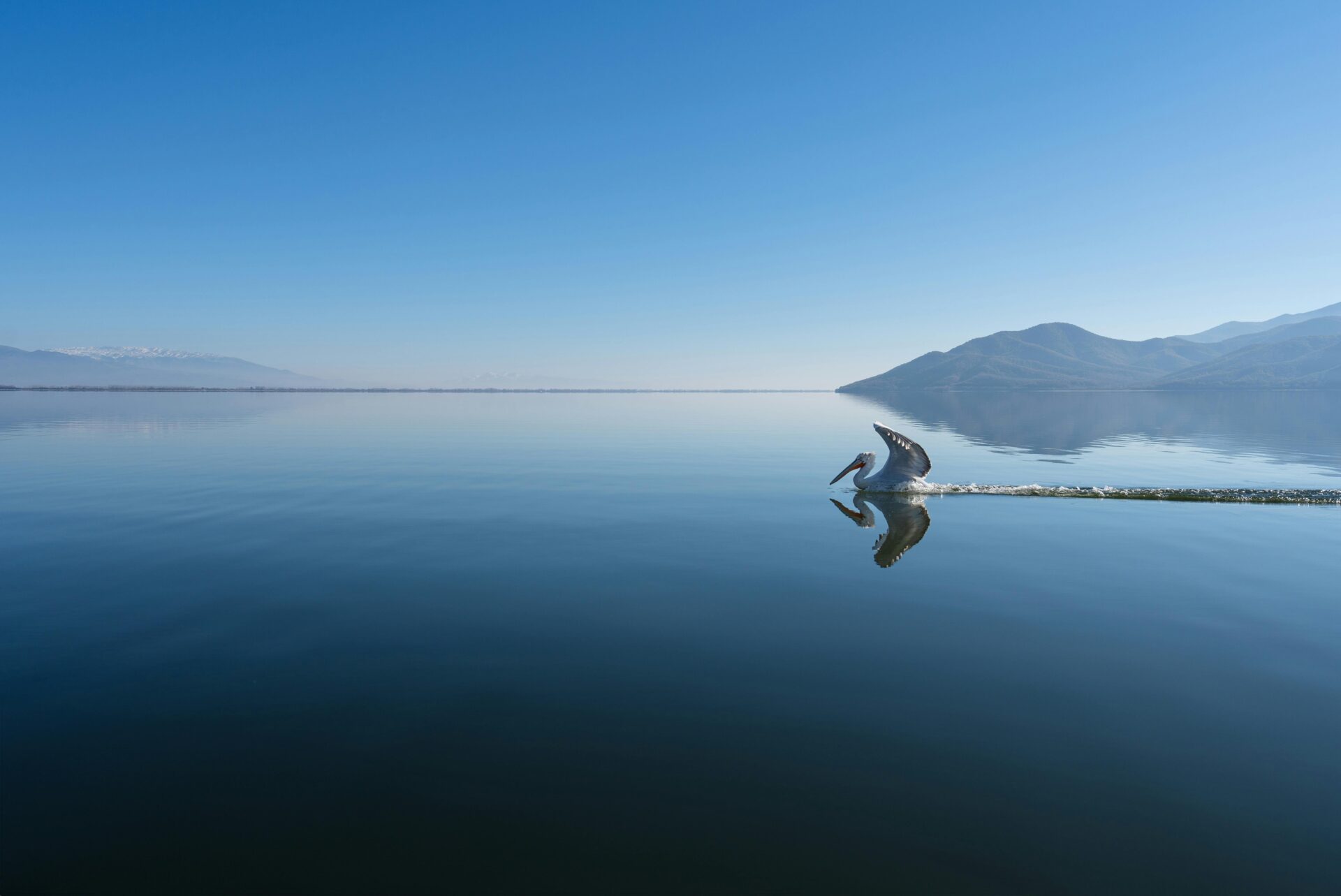
Unique Flora and Fauna
Spotting wildlife everywhere I turned was a thrill.
Lake Kerkini is home to over 300 bird species—some rare, like the Dalmatian pelican and white-tailed eagle.
Those huge wings and bright eyes? Unforgettable.
I sometimes see cormorants, herons, even flamingos during certain months.
Reeds and lilies fill the water and marshes, especially in spring and early summer.
Buffalo graze nearby, adding a wild, traditional feel.
All that plant life, big birds, and roaming animals make Kerkini feel both ancient and so alive.
It’s like a page from an old Greek story, still happening right now.
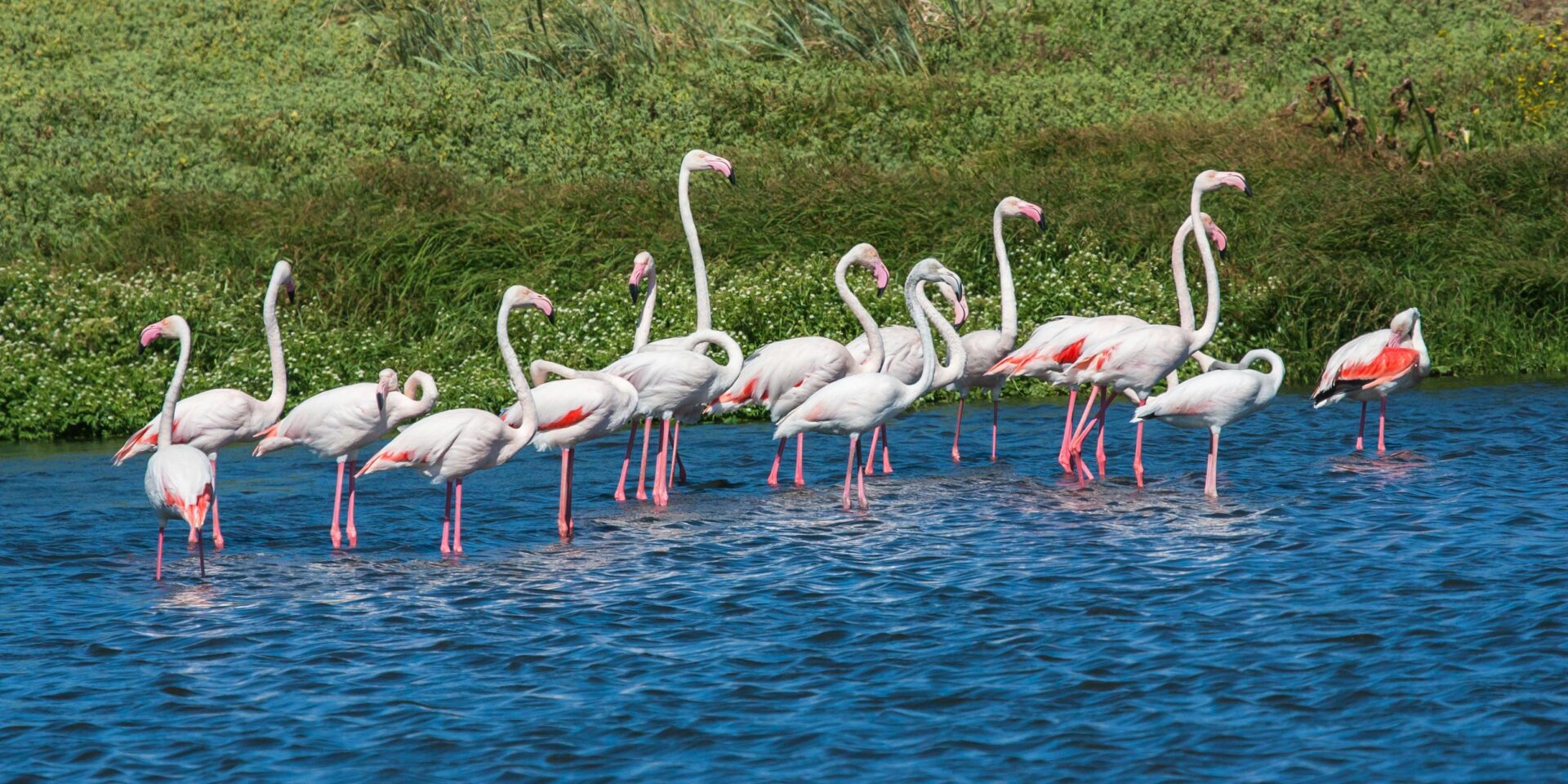
Planning Your Boat Trip Adventure
Heading out for a boat trip on Lake Kerkini takes a little planning.
I found that knowing when to go, how to pick the right tour, and what to pack made my birdwatching adventure much more relaxed.
Best Time to Visit for Birdwatching
Lake Kerkini buzzes with birds all year, but some months stand out.
Spring (March to May) is a favorite—migratory birds arrive, nesting starts, and the wetland bursts with color and sound.
Autumn, especially September and October, brings another wave of migratory flocks.
Summer gets hot, and water levels drop, so some birds hide away.
Winter is colder, but I still spotted rare Dalmatian pelicans and white-tailed eagles.
Here’s a quick guide:
| Season | Bird Highlights | Weather Notes |
|---|---|---|
| Spring | Migrating, nesting species | Mild, pleasant |
| Summer | Fewer birds, early mornings best | Hot, dry |
| Autumn | Migratory returns | Cooler, colorful |
| Winter | Pelicans, eagles, rare sightings | Cold, crisp, fewer tourists |
I always check local birdwatching calendars for special events before I pick my dates.
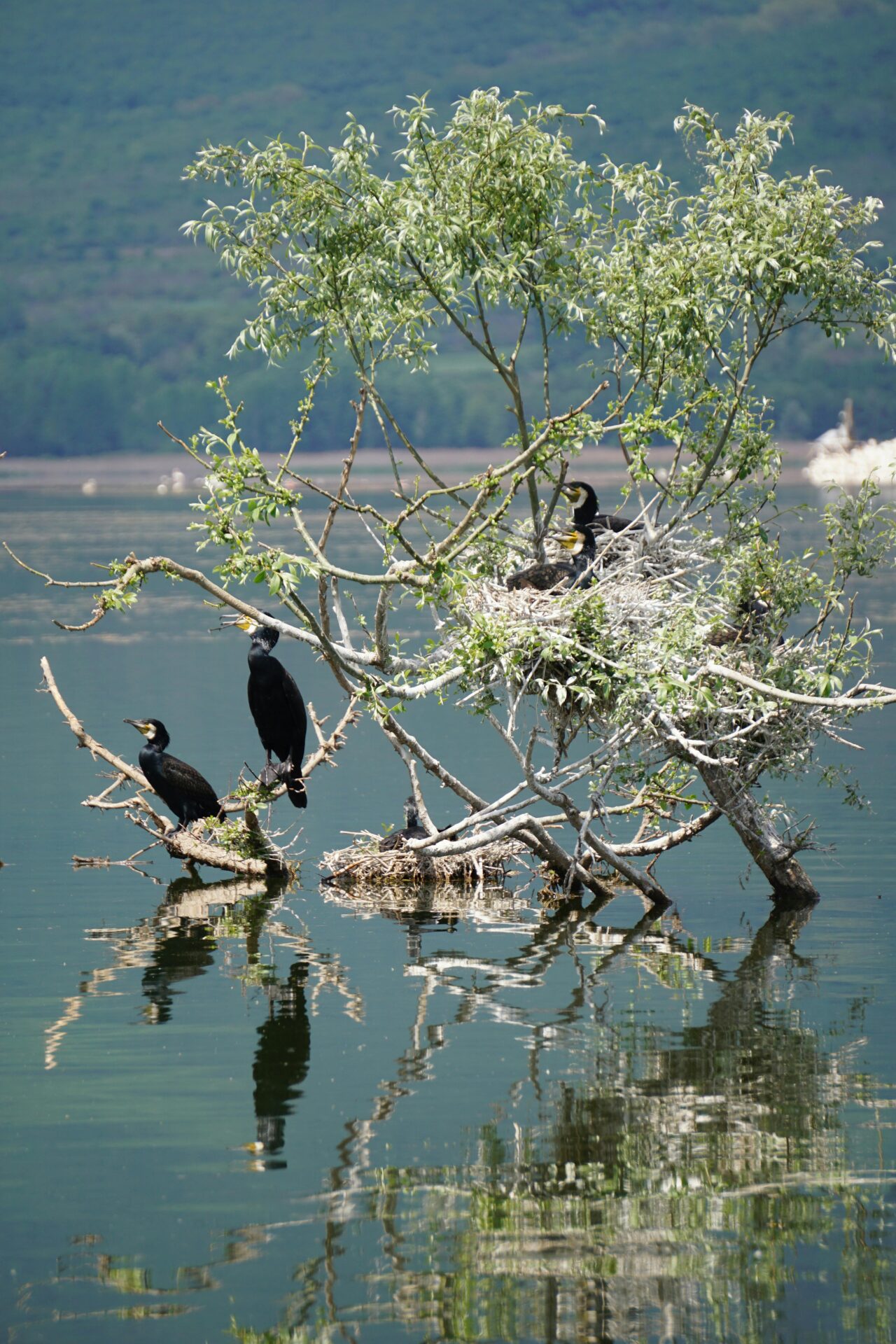
Choosing Guided Tours vs. DIY Excursions
You’ve got two main options for seeing Kerkini by boat: guided tours or DIY rentals.
Personally, I loved having a guide.
Local guides know the best birdwatching spots, can spot hidden birds, and share stories about the lake’s history and animals.
Some even bring binoculars and bird lists.
Renting a small boat and heading out alone gave me freedom to move at my own pace, though.
That’s great if you want quiet or already know your way around.
But navigating the lake isn’t always simple—the channels and shallows can be tricky.
Here’s what helped me decide:
- Guided Tour: Best for first visits, learning, and relaxed birdwatching.
- DIY Rental: Good if you want privacy or know the area well.
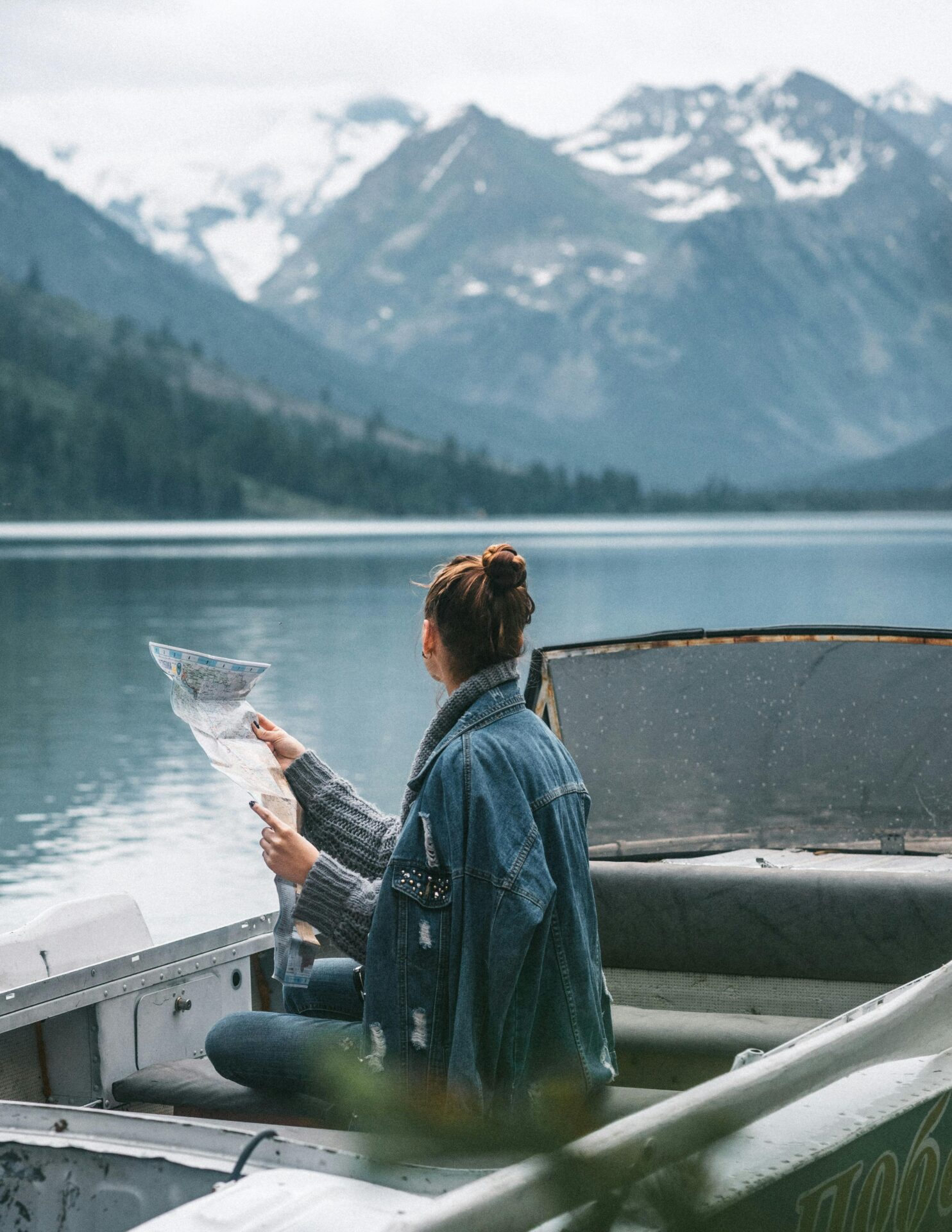
What to Pack and Prepare
Having the right gear makes all the difference.
I never forget my binoculars (a must), a camera with a zoom lens, and a field guide for birds.
Sunscreen, a hat, and sunglasses are key—the Greek sun is strong, even on cloudy days.
For comfort, I pack snacks and a water bottle.
Boats can get chilly in spring or winter, so I bring layers and a windproof jacket.
I keep my phone and camera in a waterproof bag, just in case.
If I join a guided tour, I check whether they provide equipment or if I need to bring my own.
Comfortable shoes help, since docks and boat decks can be slippery.
Most of all, I bring my sense of curiosity—there’s always something new to see on Kerkini.

Birdwatching Wonders: Majestic Species You Will Encounter
Lake Kerkini is a paradise for bird lovers.
From rare pelicans gliding by to colorful migratory flocks overhead, every moment on the water feels fresh and surprising.
The excitement starts with the first winged arrival and keeps building with each sighting.
Spotting the Dalmatian Pelican and Other Rare Birds
One of my favorite moments is seeing the Dalmatian Pelican up close.
These huge birds, with their curly head feathers and bright orange beaks, are easy to spot.
Kerkini stands out as one of Europe’s best places to see them, especially in winter and early spring.
I often watch them glide just above the water, barely making a sound.
Sometimes, they gather in groups, diving for fish right beside the boat.
There are White Pelicans too, but the Dalmatian Pelican’s size and look always grab my attention.
Besides pelicans, I find birds like the Short-toed Eagle, Eagle Owl, and Black Kite.
I keep my eyes open for smaller birds too—Western Rock Nuthatch or Sombre Tit sometimes show up near the lake’s edge.
Birds you might see:
| Species | Notable Features |
|---|---|
| Dalmatian Pelican | Curly head feathers, huge |
| Short-toed Eagle | Broad wings, strong talons |
| Eagle Owl | Orange eyes, large size |
| Black Kite | Forked tail, glides well |
| Western Rock Nuthatch | Small, active climber |

Migratory Birds and Seasonal Highlights
Each season brings new birds.
In winter, Kerkini fills with pelicans, swans, and geese.
The sight of hundreds of birds lifting off at once is something I’ll never forget.
Spring brings even more variety, as many species stop to rest along their migration route.
Red-footed Falcons pass through in May.
Flamingos sometimes show up in autumn.
I check migration charts before my trip to know what birds I’m likely to see.
Birdwatching guides or apps help too.
The lake sits along a major route between Europe and Africa.
This means rare and unusual birds visit, even if just for a day or two.
Keeping binoculars close and scanning the shoreline helps me spot as many as possible.
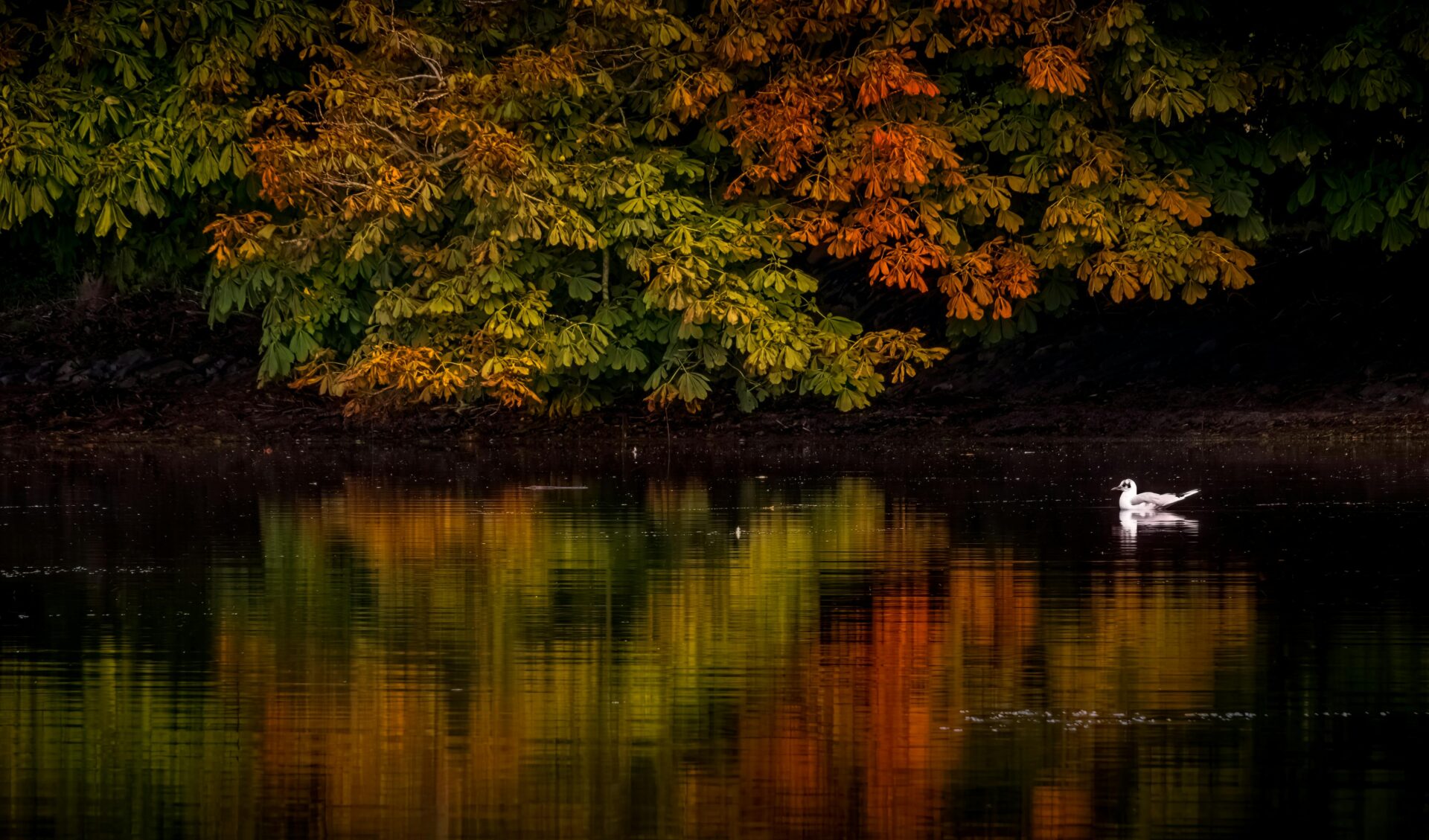
Wildlife Photography Tips on the Water
Taking photos on a boat is a fun challenge.
I always bring a camera with a zoom lens—birds rarely come close unless I get lucky.
Early morning or late afternoon light works best for photos, giving everything a gentle glow.
Harsh midday sun makes things tricky.
Tips I use:
- Wear neutral clothes to blend in.
- Set my camera to a fast shutter speed for sharp shots.
- Bring extra batteries and memory cards—there’s always something new to capture.
- Stay quiet and patient; sudden moves can scare off birds.
The boat’s movement can blur photos.
I rest my elbows on the railing or use a small bean bag for steadiness.
I try to focus on the birds’ eyes when I can.
Some of my favorite shots are when a pelican takes off right in front of me, wings splashing water everywhere.
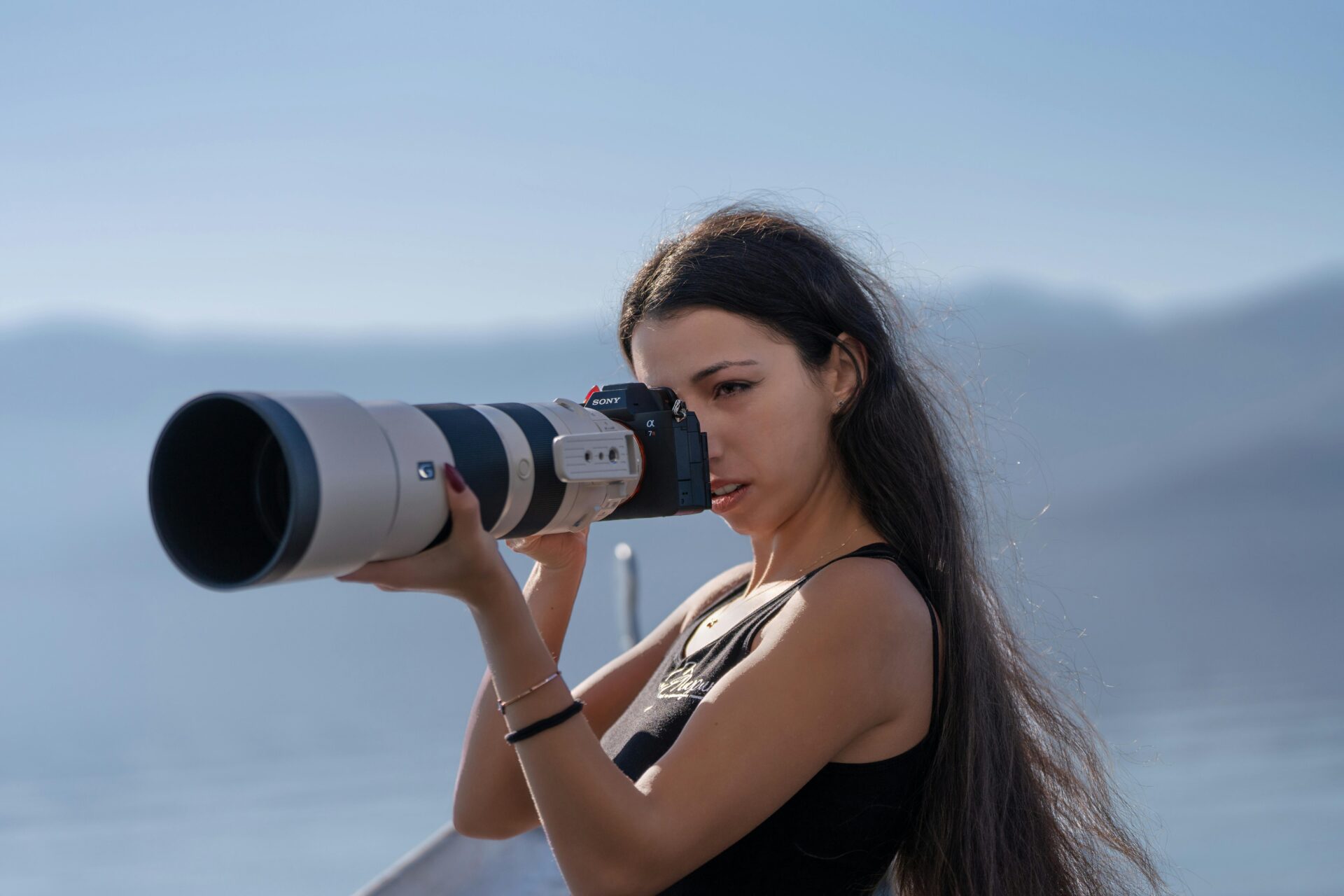
Tracing Ancient Echoes: Legends and History Along the Lake
Lake Kerkini isn’t just for birdwatchers and nature lovers.
This shimmering lake sits in a landscape that has seen ancient kings, epic battles, and shifting civilizations.
Links to Alexander the Great and the Argead Dynasty
As I drift along Kerkini’s shores, I can’t help but imagine the ancient Macedonian state that once ruled here.
This area lies at the heart of the old Argead dynasty—the family of Philip II and his son, Alexander the Great.
Stories say Philip II unified Macedon and set the stage for his son’s world-changing campaigns.
Some villages near the lake claim ties to royal routes used by Macedonian armies on their way to Thebes and other Greek cities.
The wetlands probably looked different back then, but the landscape holds echoes of that distant past.
Historians say Kerkini itself isn’t mentioned in old texts, but the surrounding region starred in Hellenistic stories.
Northern Greece’s strategic value was key for defending Macedon and launching campaigns.
Whenever I visit, I feel like I’m walking through a living chapter of Greek history.

Historic Sites Near Lake Kerkini
Exploring around Lake Kerkini, I keep stumbling onto traces of the past.
Ancient sites lie within a short drive, letting you peek into the lives of people who lived here long ago.
Amphipolis, a major city from the classical and Hellenistic era, sits just over an hour away.
This city saw fierce battles between Macedon and rival Greek states.
The famous Lion of Amphipolis and burial mounds nearby have sparked debates about which ancient heroes might rest there.
Some local villages show off remnants of sanctuaries and fortifications from the Argead dynasty, revealing how far Macedon reached.
Traveling these roads, I feel a sense of continuity—villages, fields, and wetlands holding stories that date back more than two thousand years.
These traces of ancient societies turn a boat trip on Kerkini into a journey through real, tangible history.
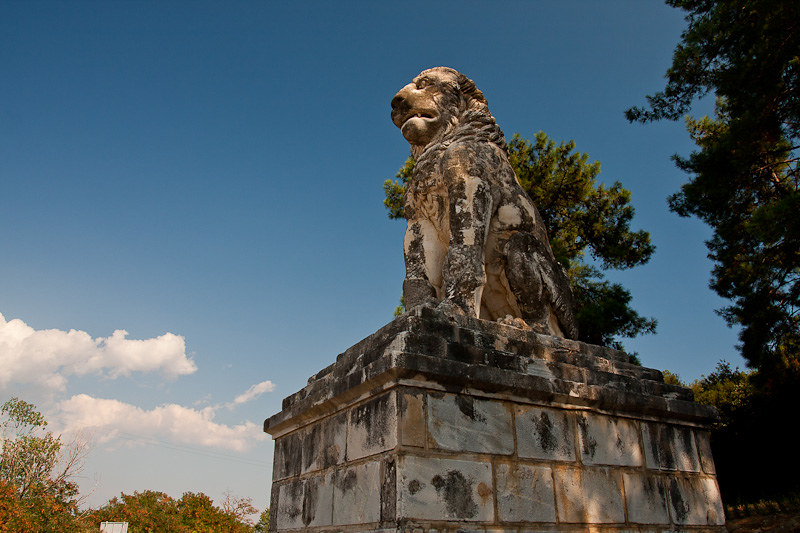
Culture, Community & Conservation: Understanding the Lake’s Broader Importance
Lake Kerkini isn’t just for birdwatchers and nature lovers like me.
This area connects people to their history, traditions, and the ongoing work to protect these rare wetlands.
The Role of Local Communities
My boat drifted past old wooden fishing boats, each one hinting at Lake Kerkini’s deep roots in local life.
Many families here fish and farm these shores, just like their parents and grandparents did.
Their stories reveal how water levels, bird migrations, and the changing seasons shape daily life.
Villages around the lake still use skills and wisdom handed down over generations.
Local guides and boatmen told me how ancient societies relied on the water for food and travel.
Even back in the Hellenistic period, people built strong communities here.
Today, folks keep that history alive by making wooden boats and throwing nature festivals.
You can’t miss the influence of tourism, either.
I met people excited to share their music, crafts, and food.
For visitors, simple things—like tasting homemade cheese or hearing a local story—give you a genuine glimpse into Kerkini’s wetlands and its people.
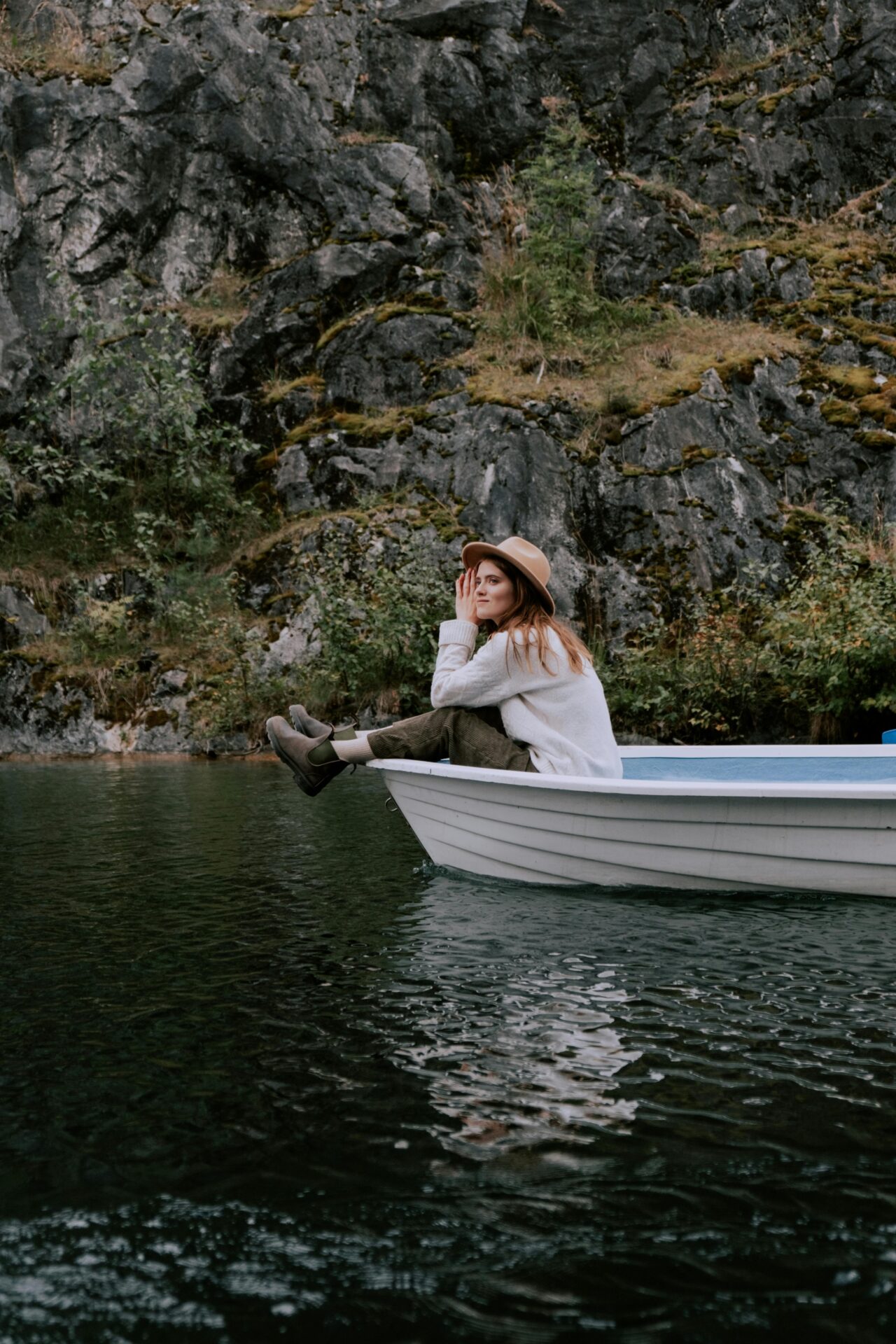
Conservation Efforts and Responsible Tourism
Kerkini ranks among Greece’s top ten wetlands, and honestly, conservation is what gives the lake its unique vibe.
I spotted scientists out there, keeping tabs on bird populations. They told me that over 300 bird species either nest or stop by—including some rare pelicans and herons.
Responsibility matters here. Signs ask visitors like me to stick to marked trails and not mess with the animals’ space.
Locals and conservation groups actually join forces, running education programs and eco-tours. These folks really try to protect Kerkini’s ecosystem for the long haul, using sustainable practices that support both the environment and the people living nearby.
It feels like a genuine partnership, not just a slogan.

